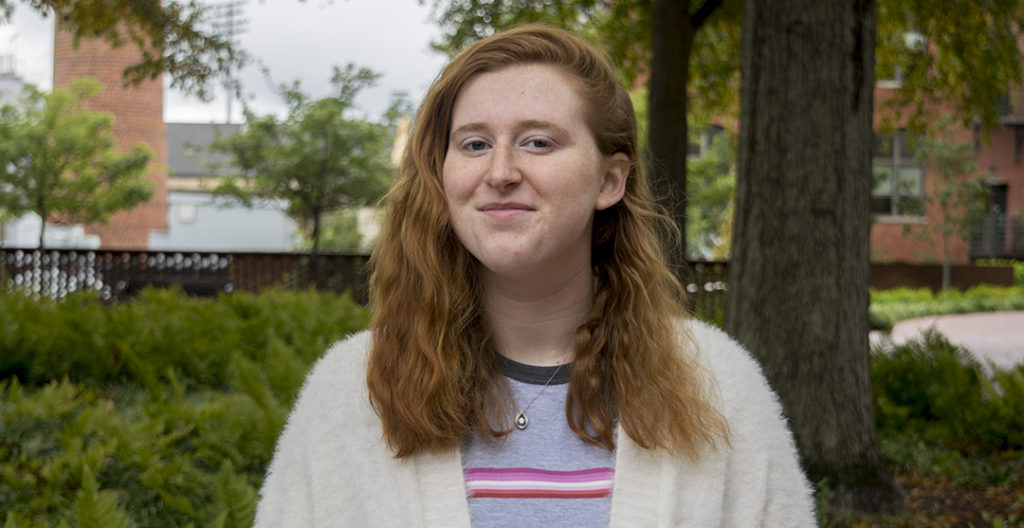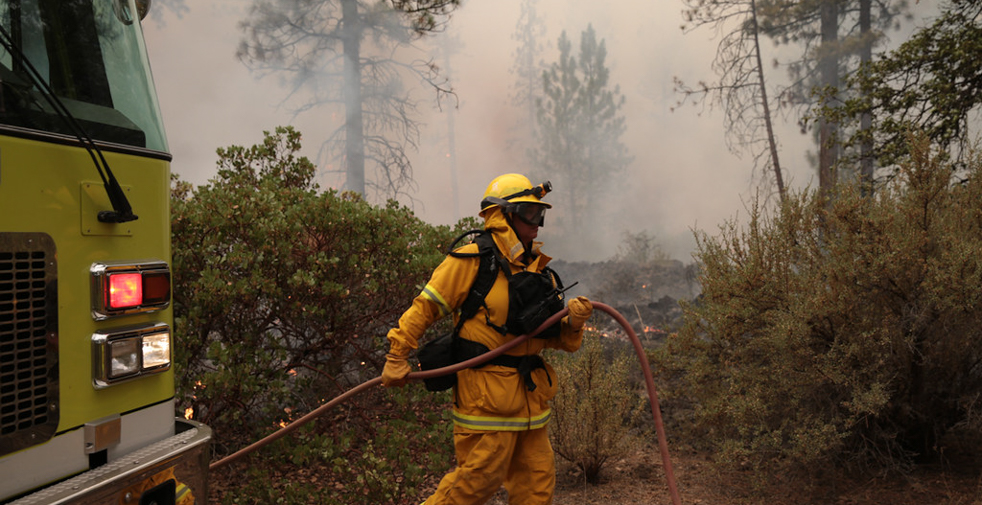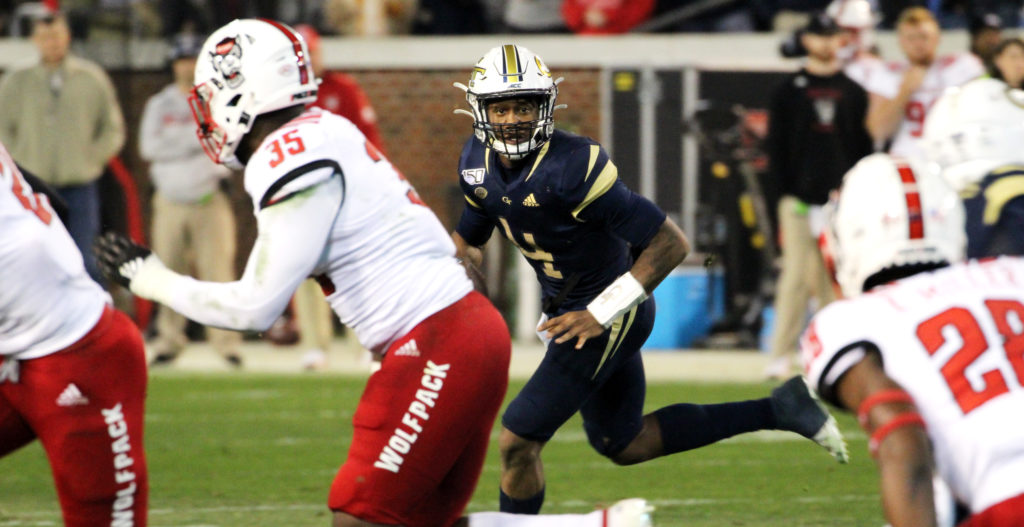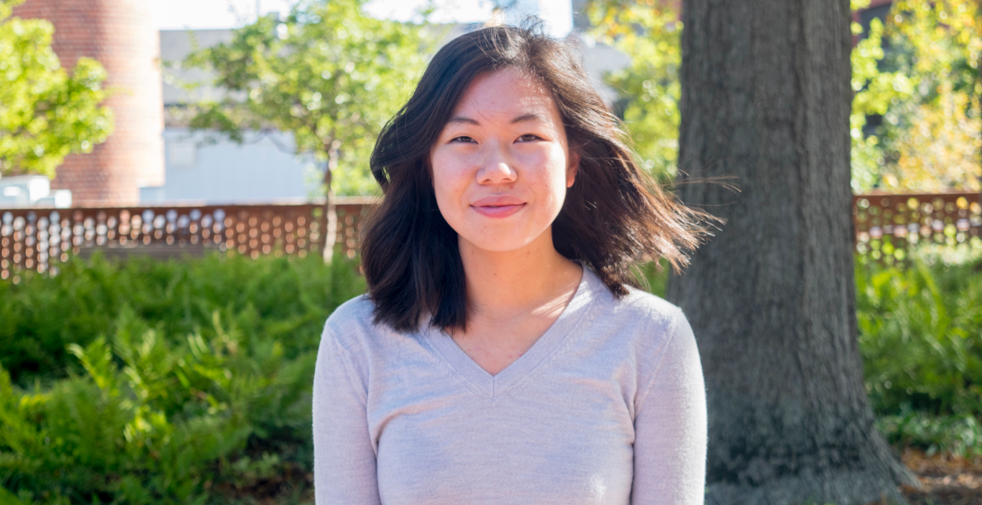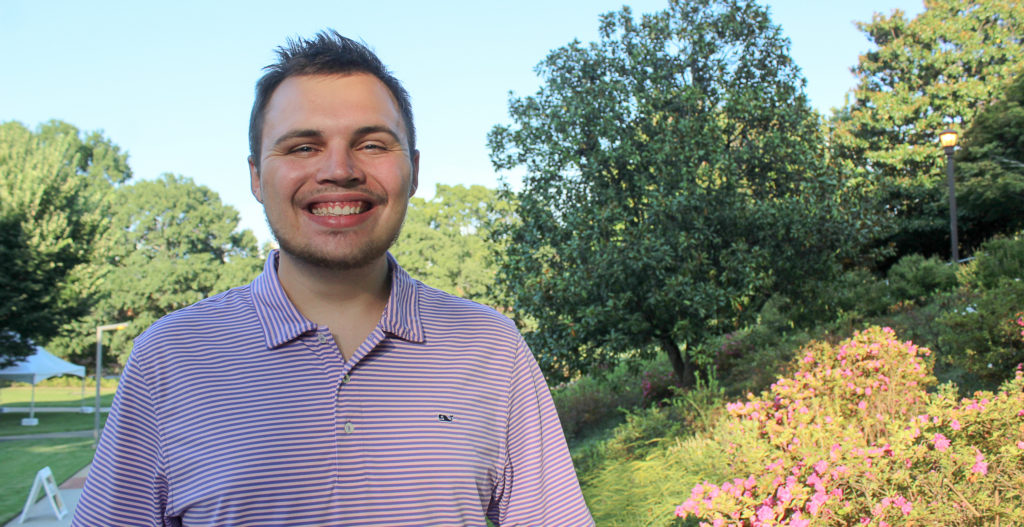
Criticism is the method by which we cause things to change by exploring our reactions to something, and it necessitates at least one person observing at least one other person. That most basic definition is essential to understanding how important it is to engage in good criticism rather than surface-level reactions.
The definition of “good” criticism is naturally going to be entirely subjective, so I will lay out what I think makes “good” criticism here, partly by defining what I think is “bad” criticism, as well as what is not actually criticism.
Let us start small: saying you do not like a book is not criticism. That is merely your taste. For example, I do not really like serialized television shows, and my friend does not really like movies. We can disagree with one another’s opinion, but we are not going to cause anything to change. I can further provide my reasoning as to why I do not like serialized TV: I do not like the time commitment, I am not a fan of episodic storytelling, etcetera. My friend can do the same thing about movies, and we can further disagree. Again, this is just taste, and the reason it is not criticism is because we are not attempting to affect change or provide some analysis of our opinions.
What might we consider criticism then? Instead of merely judging a work and giving our reasoning for our judgment, criticism includes an exploration of subtextual and metatextual elements of a work. Think of it this way: if your friend is using a machine incorrectly at the gym, you could simply tell them their form is bad and correct it; however, it might be even more useful to them if you explain how their bad form could negatively affect their health by continued usage. Criticism is not only about explaining why something is or is not bad; it requires the critic to engage with the work beyond its surface in a way that brings to light something not immediately visible.
I consider “bad” criticism that which does not engage with the work but attempts to pass judgment anyway. Nitpicking is one form of bad criticism. Simply listing off perceived flaws and giving a value to a work based on the total of those perceived flaws is not helpful. If you are proofreading a friend’s paper, you do not just circle all the grammatical errors and hand it back to them. It is easy to feel like this is good criticism because it seems like an objective measure of quality, but it is not. This is not to say that good criticism requires you to ignore flaws; rather, good criticism involves engaging with those perceived flaws and discovering how they might be a detriment to the work.
Consider how someone might react to nitpicking as criticism in terms of your friend’s paper. They correct the grammar and spelling mistakes, and now their work is technically flawless. What kind of change has been affected here? The content of their paper is the same, just without the errors. The basics of any medium are important for communicating the author’s intent, but they come second in judging value. This is why surface-level criticisms like nitpicking are bad criticisms: They do not engage with the content in a meaningful way that invites meaningful change.
In my opinion, the best kinds of criticism come from questions: How does this scene’s shot composition contribute to the theme? For what purpose does this author bring up this historical event? How does this visual reference affect the tone?
Good criticism stems from curiosity and a willingness to consider a work on multiple levels. It also comes from knowledge and experience; what we know and how we have lived dictate how we view art and how it speaks to us. It is in dialogue with other pieces of criticism, those that challenge your viewpoint, as well as those that agree with you.
This does not just apply to art, by the way. Criticism is essential to how you construct your identity and your media diet, especially in online spaces. Consider how you decide what influencers you follow on Twitter or Instagram, or what channels you subscribe to on YouTube. You come to conclusions about what you want to interact with by asking critical questions: Am I being advertised to? What organizations does this person associate with? How does their content affect me? You’re already practicing good criticism in your everyday life by being discerning about your online presence and having reasonings behind your decisions.
The best thing you can do with your good criticism is share it. Talk to your friends, your classmates, your therapist, anyone who will listen to you. Listen to what they say, and try to incorporate your reactions to their opinions into your criticism.
The more you learn, the more you can develop your ideas, and the more you can understand about yourself and the world around you. All that to say, go ahead and be critical, just in a good way.

